Keep your Family safe
5 tips below!

5 Essential Electrical Safety Tips Every Business and Homeowner Should Know!
Electricity powers our homes, businesses, and daily lives—but it also poses serious risks if not handled properly.
Whether you're managing a commercial property or maintaining a household, understanding basic electrical safety is crucial to protecting people, property, and equipment.
Here are five essential tips every business or homeowner should know about electrical safety:
1. Schedule Regular Electrical Inspections
Routine inspections by a licensed electrician can prevent many electrical hazards before they become serious problems.
Over time, wiring can degrade, circuits can become overloaded, and outdated systems may no longer meet safety codes.
For businesses, inspections are often required by law or insurance policies. Homeowners should consider an inspection every 3–5 years, or immediately after purchasing a new home.
Tip:
Keep records of all inspections and repairs for future reference or compliance.
2. Avoid Overloading Circuits
Plugging too many devices into a single outlet or power strip can overload circuits, leading to overheating and potential fires.
This is especially common in older buildings not designed for modern electrical loads.
Tip:
Use power strips with built-in circuit breakers and avoid daisy-chaining multiple strips together. If you frequently trip breakers, it may be time to upgrade your electrical panel.
3. Use the Right Equipment for the Job
Always use electrical devices and appliances that are rated for your specific needs. For example, outdoor tools and extension cords should be weather-resistant and grounded. In commercial settings, equipment should meet industry standards and be properly maintained.
Tip:
Look for UL (Underwriters Laboratories) or other safety certifications when purchasing electrical products.
4. Educate and Train Occupants or Employees
Many electrical accidents happen due to lack of awareness. In a business setting, ensure employees are trained on basic electrical safety, including how to identify hazards and respond in emergencies.
Homeowners should educate family members, especially children, about the dangers of electricity.
Tip:
Post emergency contact numbers and circuit breaker locations in visible areas.
5. Address Warning Signs Immediately
Flickering lights, buzzing outlets, burning smells, or frequently tripped breakers are all signs of potential electrical issues. Ignoring these warnings can lead to fires, equipment damage, or electrocution.
Tip:
Never attempt DIY electrical repairs unless you're qualified. Always call a licensed electrician to assess and fix the problem.
Conclusion
Electrical safety is not something to take lightly.
By following these five tips—regular inspections, avoiding overloads, using proper equipment, educating others, and addressing warning signs—you can significantly reduce the risk of electrical accidents in your home or business.
A proactive approach not only ensures safety but also saves money and stress in the long run.
Stay safe, stay informed, and when in doubt.
Call a professional. 208-691-3602
Essential Electrical Safety Tips You Need to Know

Check Your Outlets
Regularly inspect your outlets for damage, loose wires, or overheating. Replace any faulty outlets immediately to prevent potential hazards.

Avoid Overloading Circuits
Don't plug too many devices into one outlet or circuit. Overloaded circuits can overheat and cause fires. Use power strips with surge protectors for added safety.
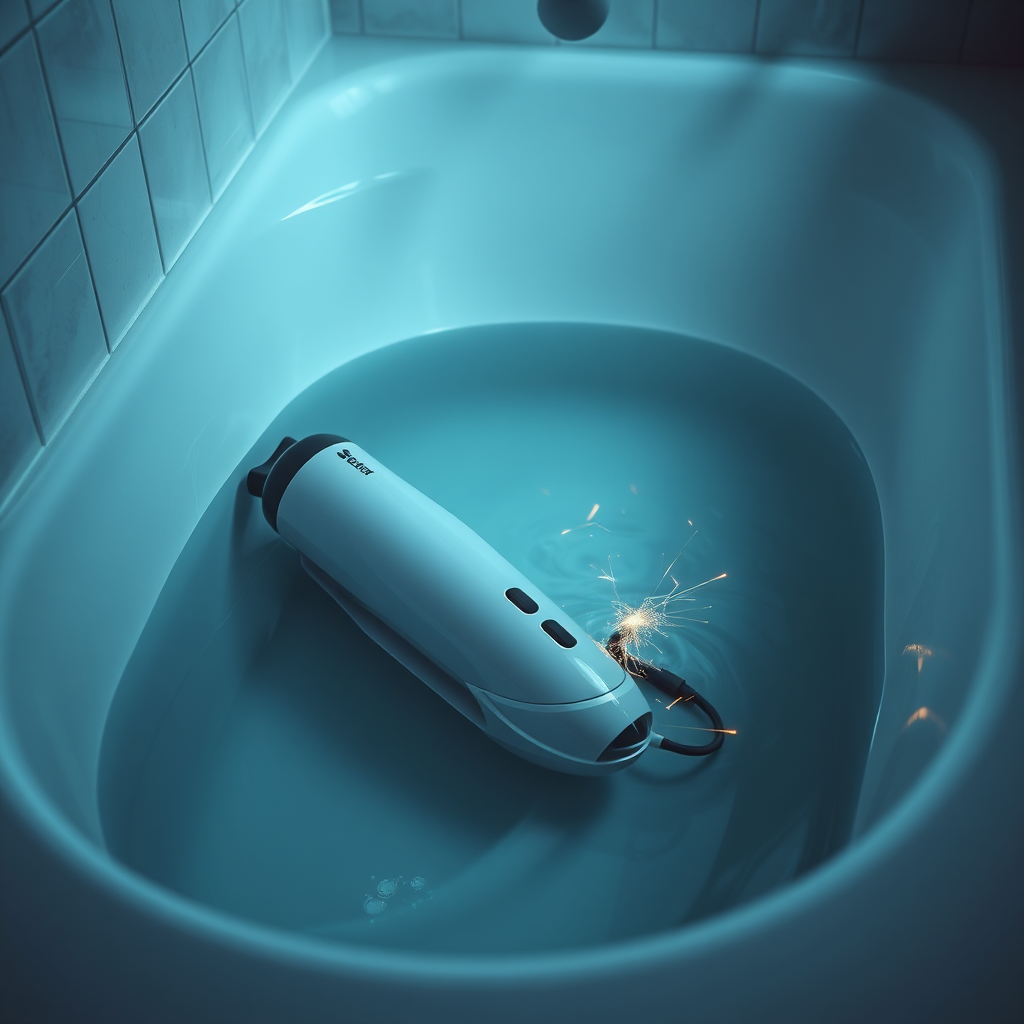
Water and Electricity Don't Mix
Keep electrical appliances away from water. Never use electrical devices in the bathroom or near sinks while wet to avoid electric shock.
Stay Safe: Top Electrical Hazards and How to Avoid Them
Damaged Cords
Inspect cords regularly for fraying or damage. Replace damaged cords immediately to prevent electrical shocks and fires.
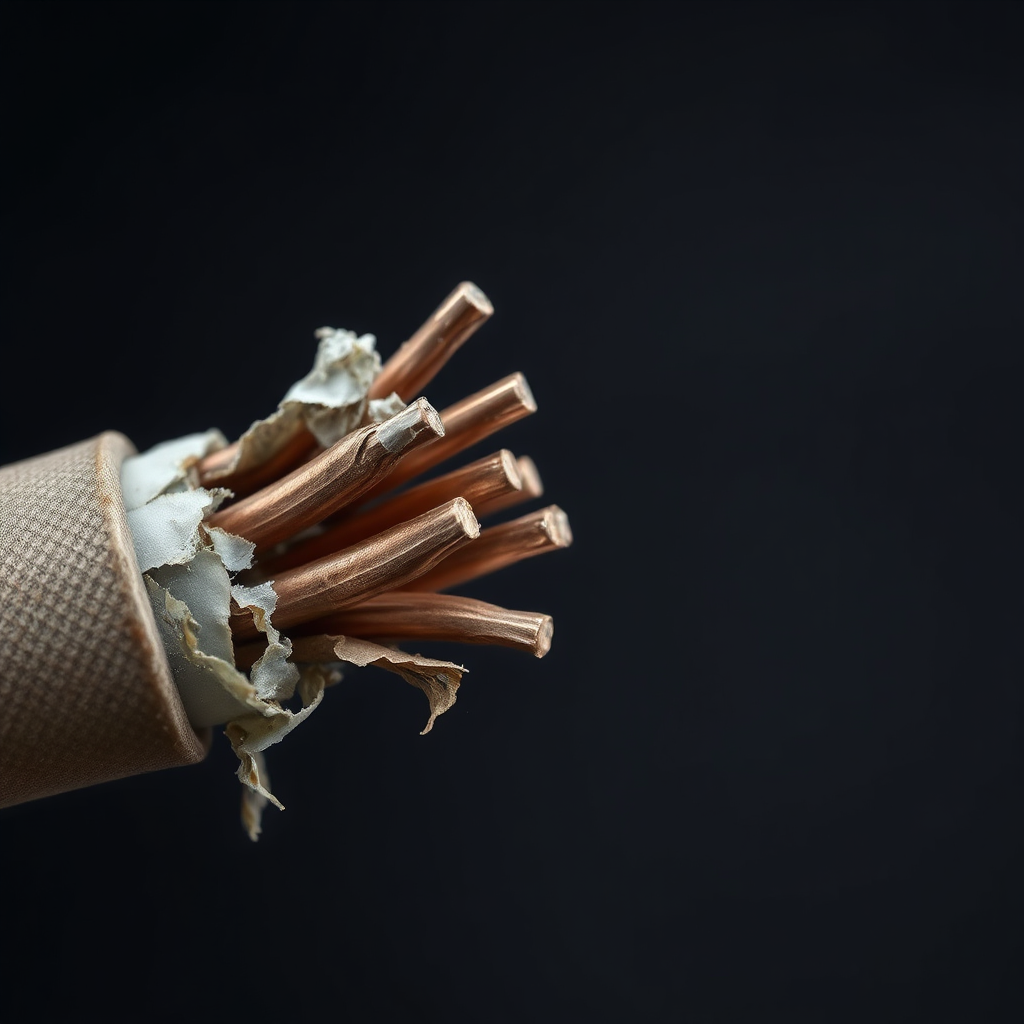
Outdated Wiring
Old wiring can be a fire hazard. If you live in an older home, have your electrical system inspected by a qualified electrician.
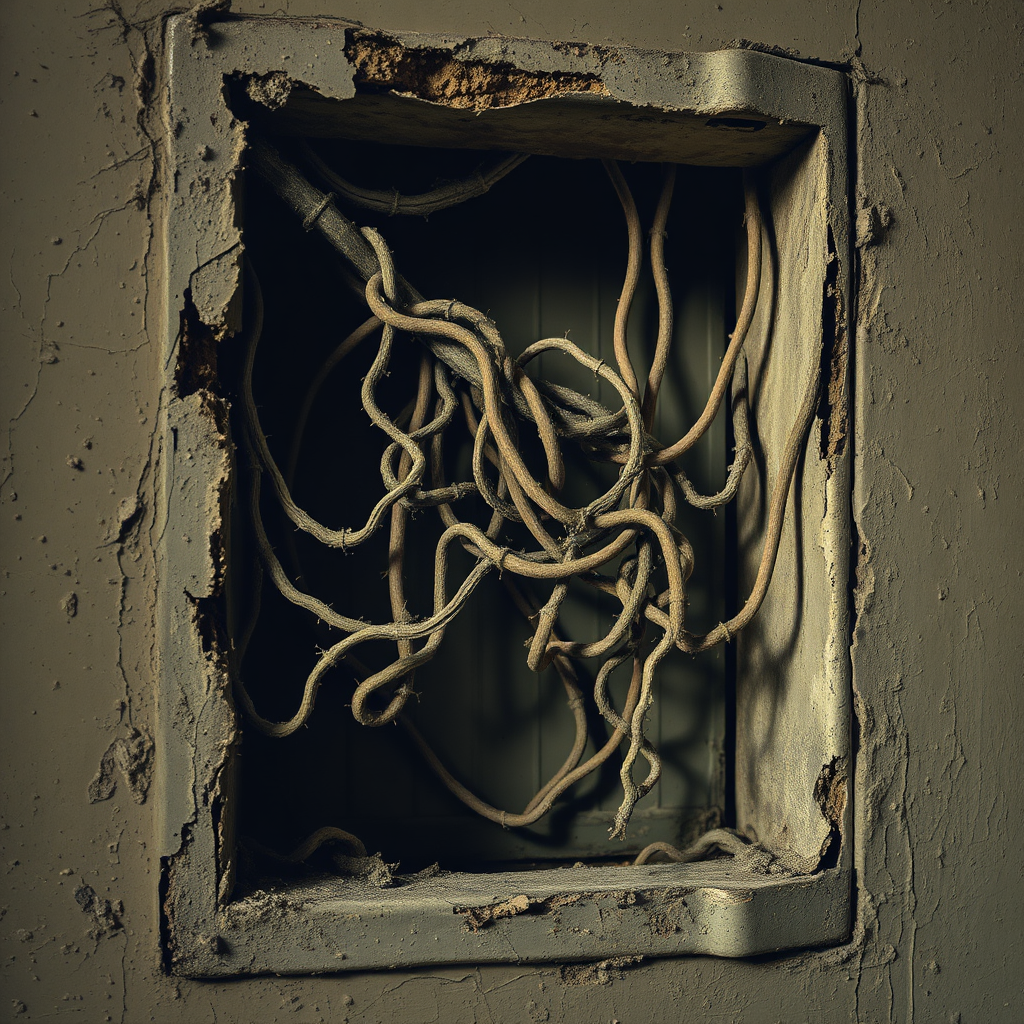
Improper Grounding
Ensure your electrical system is properly grounded. Improper grounding can lead to electrical shocks and equipment damage.
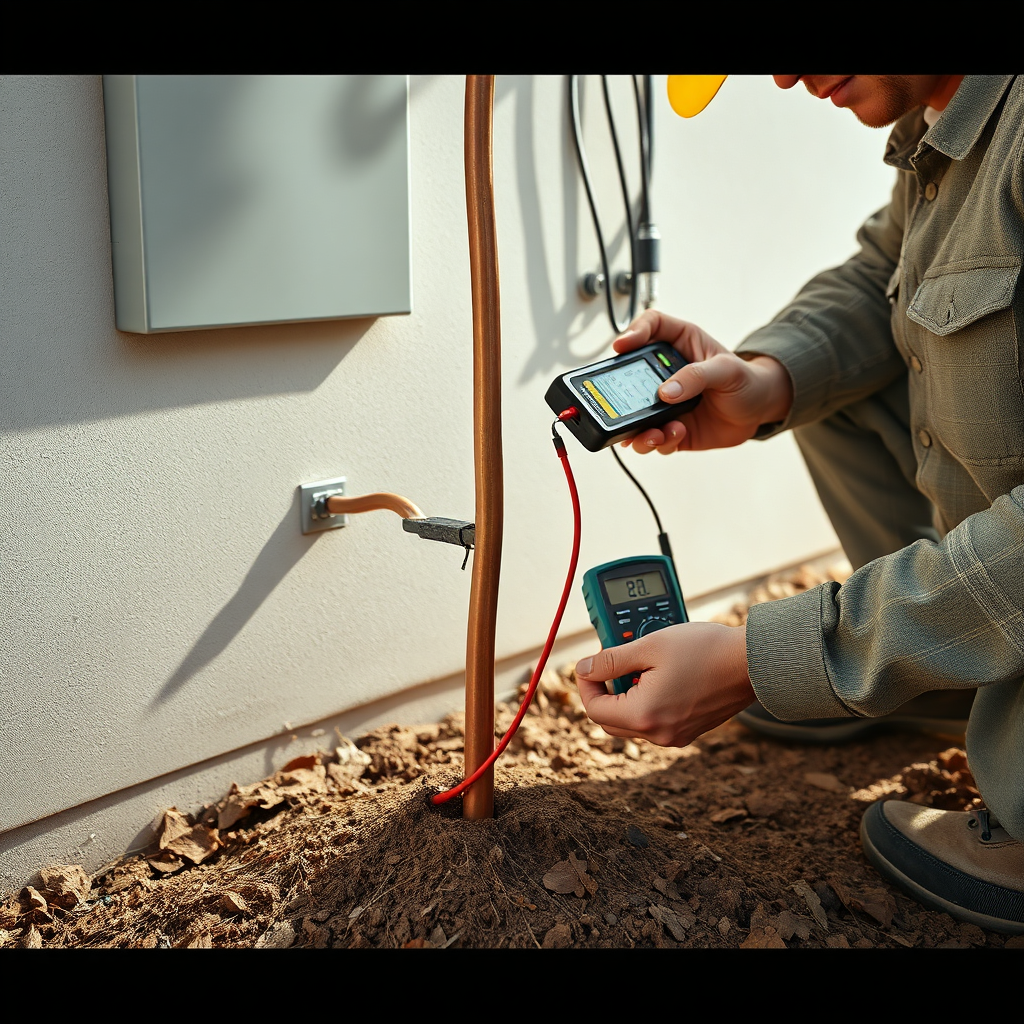
Power Up Your Knowledge: Must-Know Electrical Safety Rules
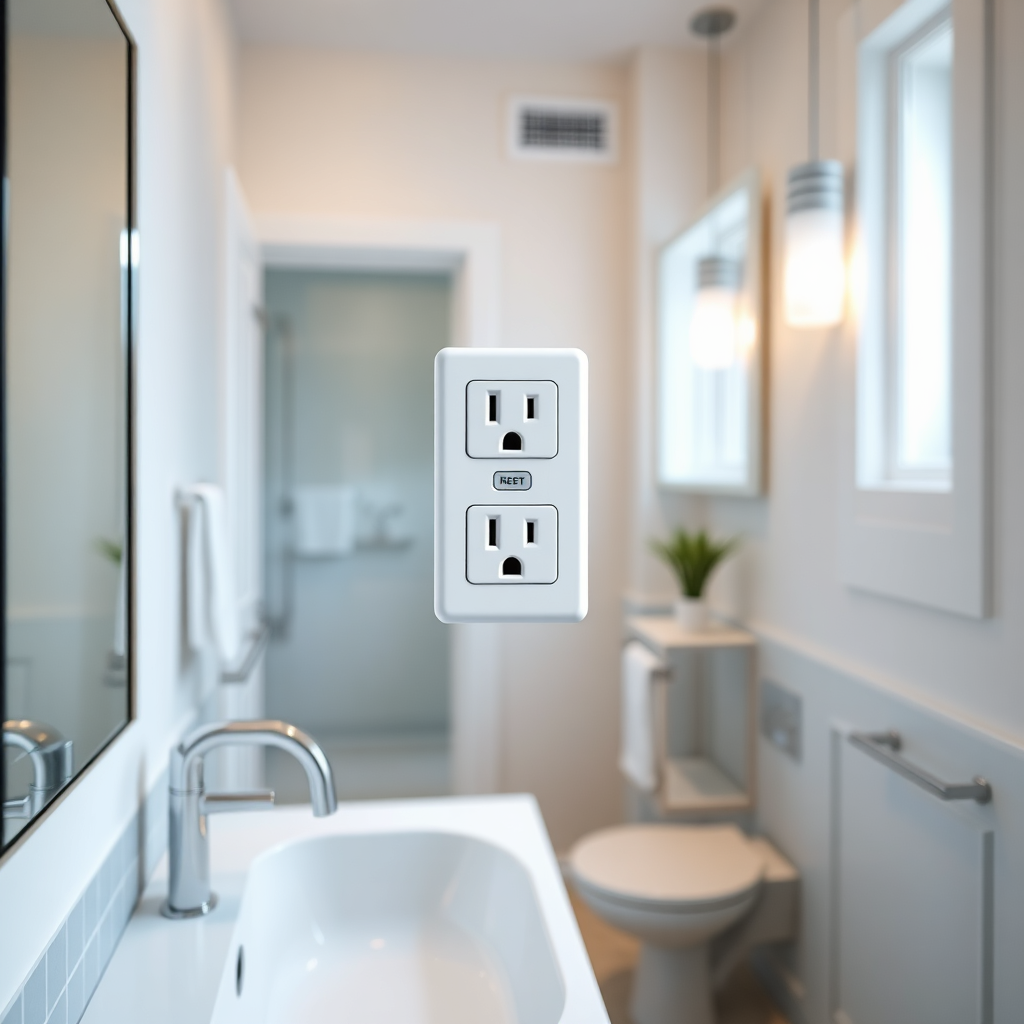
Use GFCI Outlets
Install Ground Fault Circuit Interrupter (GFCI) outlets in areas where water is present, such as bathrooms and kitchens.
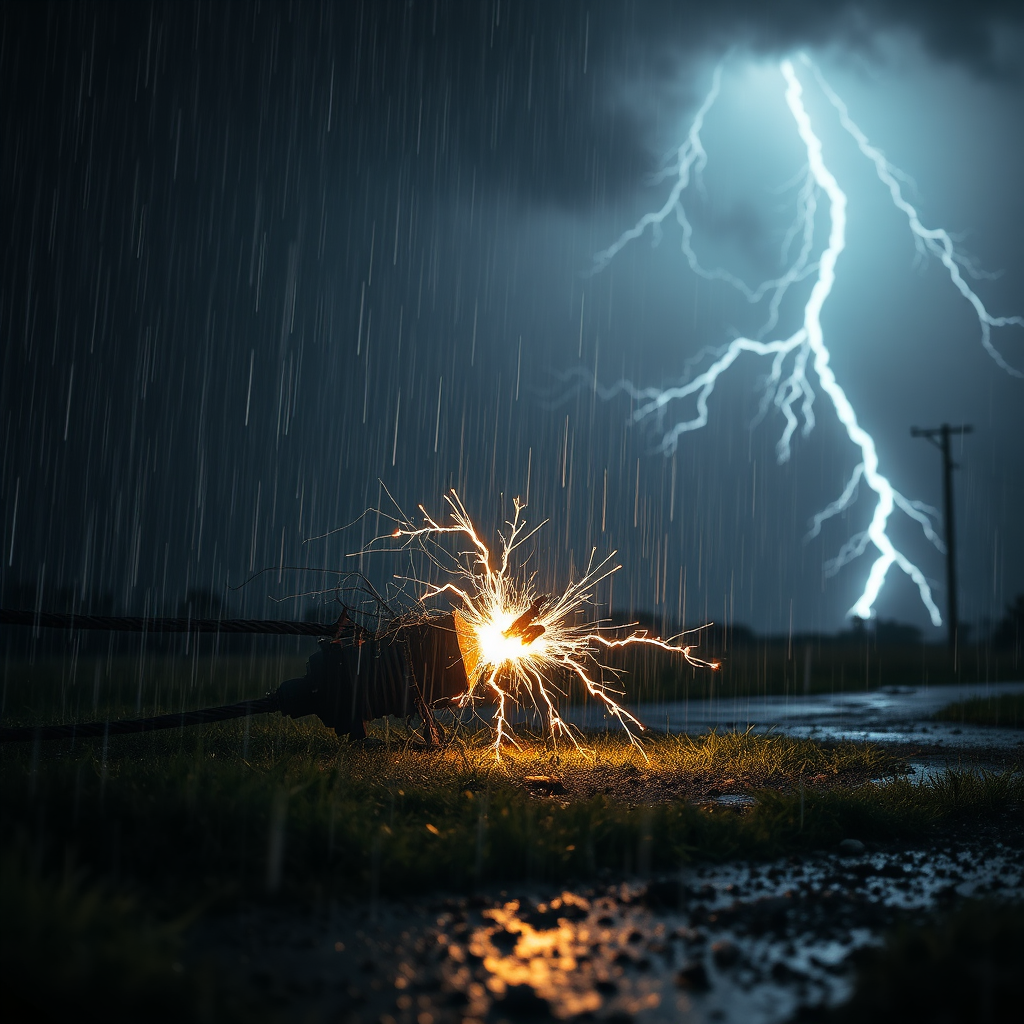
Beware of Power Lines
Always maintain a safe distance from power lines. Never touch or approach downed power lines, and report them immediately.

Call a Professional
If you're not comfortable working with electricity, always call a qualified electrician for repairs and installations.
Stay safe, stay informed, and when in doubt.
Call a professional. 208-691-3602
Our Services
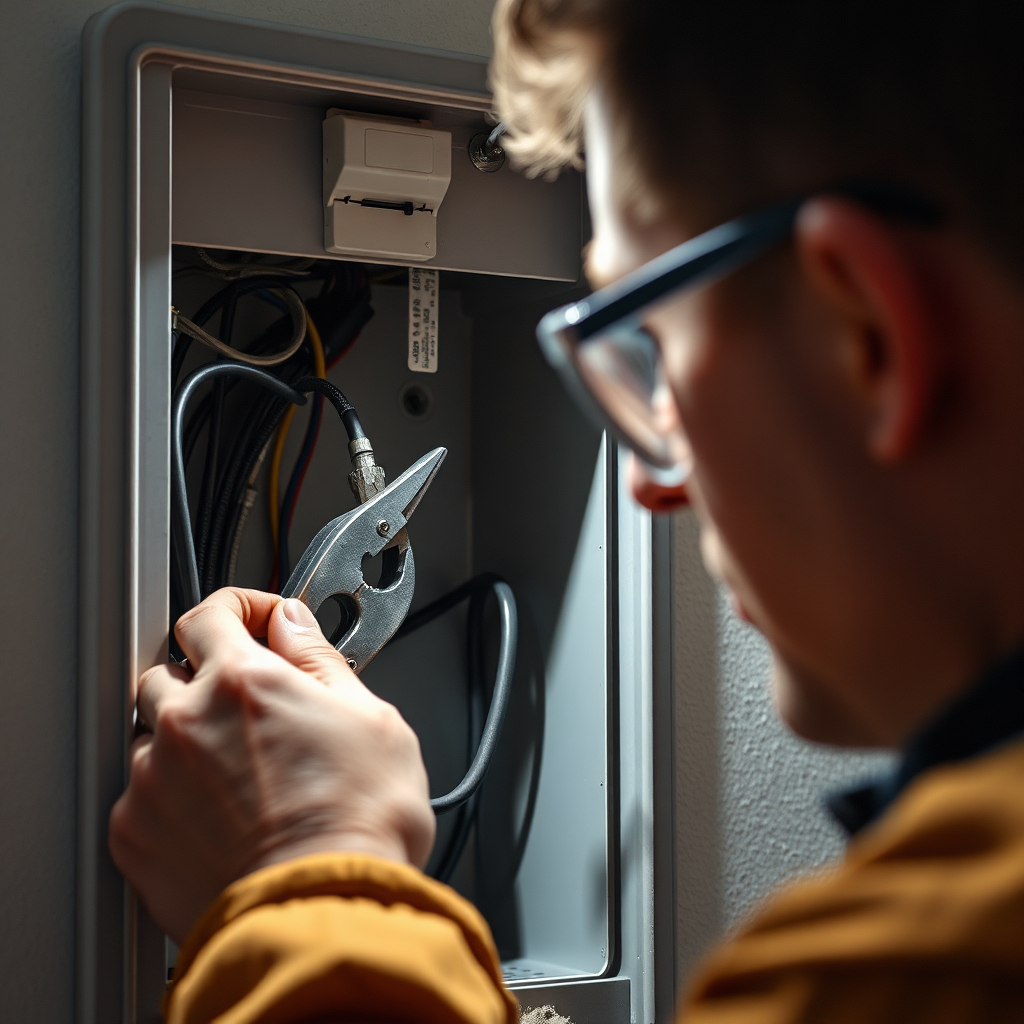
Electrical Repairs
We offer comprehensive electrical repair services to fix any issue, big or small, ensuring your home's electrical system is safe and functional.
New Installations
From new outlets to complete home rewiring, we handle all types of electrical installations, ensuring quality workmanship and code compliance.

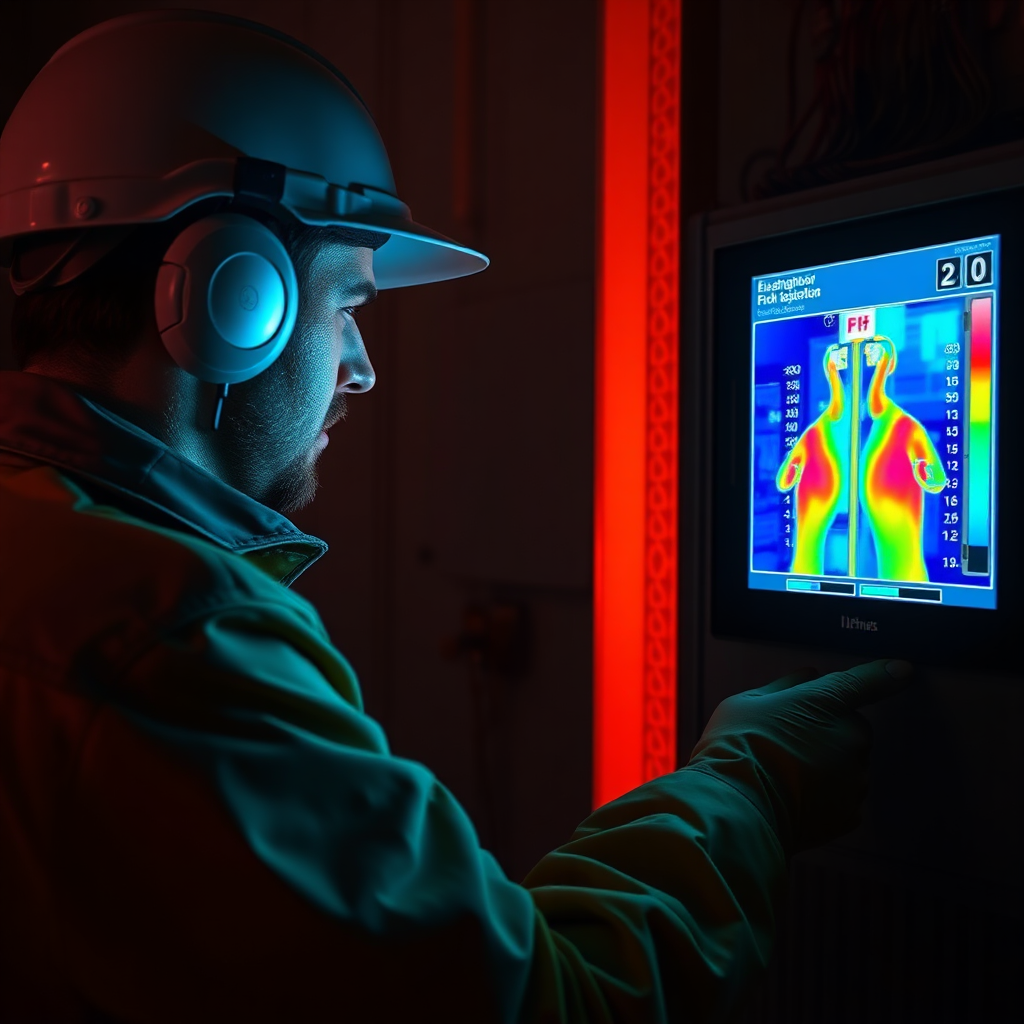
Safety Inspections
Our thorough electrical safety inspections identify potential hazards and ensure your home meets all safety standards, providing peace of mind.
